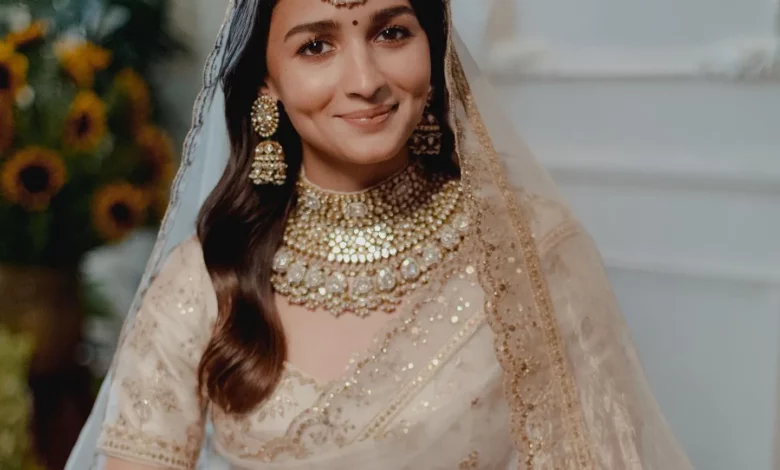Traditional Indian Jewellery Pieces Every Woman Should Own

India is renowned for its cultural heritage, and one aspect that stands out prominently is its exquisite traditional jewellery. Indian jewellery is admired worldwide for its intricate designs, vibrant colours, and the use of precious gemstones. In Australia, where a diverse range of cultures coexist, the popularity of Indian jewellery in Australia has soared, offering a unique blend of traditions from the Indian subcontinent. This article will explore some of the must-have traditional jewellery pieces that every woman should own.
Kundan Jewellery: A Sparkling Heritage
Kundan jewellery, with its origins in the royal courts of Rajasthan, is a stunning example of Indian craftsmanship. It is characterised by elaborate designs made with gold or silver foil, encrusted with precious and semi-precious gemstones. The intricate setting of gemstones on a lac core gives Kundan jewellery its signature look. This traditional jewellery piece can elevate any outfit and is perfect for special occasions, weddings, or festive celebrations.
Jhumkas: Ethnic Earrings that Dazzle
Jhumkas are traditional Indian earrings that have gained popularity across the globe. These earrings feature a bell-shaped design with intricate detailing, often adorned with pearls, beads, or precious stones. Jhumkas come in various sizes, from delicate and dainty to bold and statement-making. They can be paired with both traditional and contemporary outfits, adding a touch of ethnic charm to any look.
Polki and Meenakari: Regal Splendour
Polki and Meenakari jewellery is known for its regal appeal and intricate craftsmanship. Polki refers to uncut diamonds set in gold, while Meenakari is the art of enamelling vibrant colours onto metal surfaces. This combination results in breathtakingly beautiful jewellery pieces with intricate enamel work and sparkling diamonds. Polki and Meenakari necklaces, earrings, and bangles are perfect for making a statement and are often worn by brides on their wedding day.
Mangalsutra: Symbol of Marital Bliss
The mangal sutra is a sacred necklace worn by married women in India. It symbolises the eternal bond between husband and wife. Traditionally, it consists of black and gold beads with a central pendant, but modern variations have evolved to cater to different tastes. The Mangalsutra is not just a piece of jewellery; it holds immense sentimental value and reflects the rich cultural heritage of India. For Indian women living in Australia, wearing a Mangalsutra helps them stay connected to their roots.
Bangle Sets: Graceful Arm Ornaments
Bangles hold a significant place in Indian culture and are considered auspicious and symbolic of married life. Indian bangle sets come in various materials, including gold, silver, glass, and lacquer. They are adorned with intricate designs, embellishments, and gemstones. Bangle sets can be worn individually or stacked together to create a beautiful melange of colours and textures. They add a touch of grace and femininity to any outfit, be it traditional Indian attire or contemporary Western wear.
Traditional jewellery has a unique allure that transcends borders and cultures. The intricate craftsmanship, vibrant colours, and symbolism behind each piece make them truly special. The popularity of traditional Indian jewellery in Australia has grown significantly, furnishing a wide range of options for women who want to embrace the beauty and elegance of Indian culture. From Kundan to Temple jewellery, Jhumkas to Polki and Meenakari, and the sacred Mangalsutra, these traditional jewellery pieces are not just accessories but works of art that celebrate heritage, tradition, and personal style. So, whether you are attending a special event, celebrating a festival, or simply want to add elegance to your everyday look, Indian jewellery in Australia provides the perfect option to adorn yourself and feel like a queen.